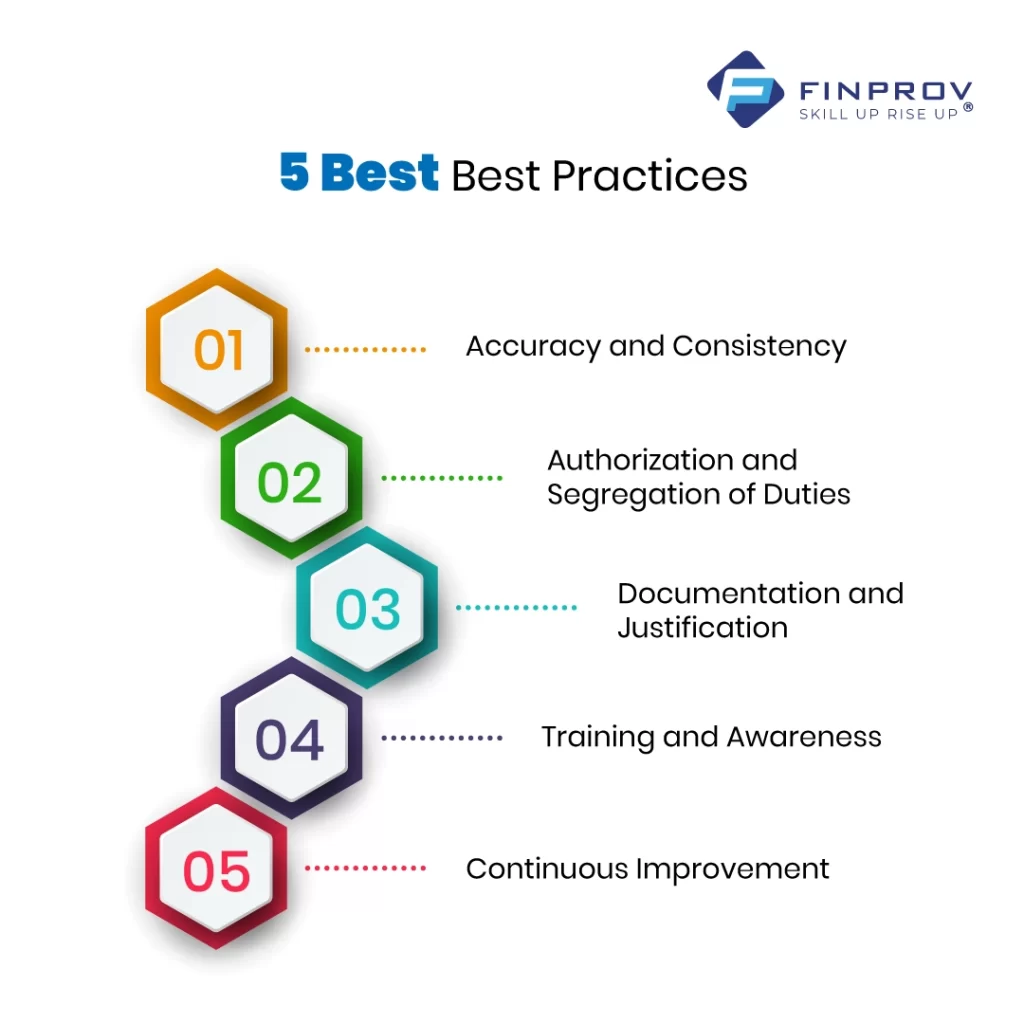SAP is a big player in the world of business software. Many companies use it to handle different tasks. A critical part of SAP is its financial accounting, which helps keep track of money coming in and going out. A vital tool in the economic system is document reversal in SAP, which lets users quickly fix mistakes or cancel transactions. This guide explains document reversal in SAP, why it matters, how it works, and the best ways to use it.
Document Reversal in SAP
To cancel an electronic document your customer has already received, you need to reverse the accounting entry where you initially recorded it. When you do this, the system automatically generates a credit memo in the eDocument Cockpit (EDOC_COCKPIT) transaction or the Manage Electronic Documents app.
Prerequisites
You can only cancel electronic documents only if they are in one of these statuses:
- Acknowledged by Receiver’s Accounting Point
- Accepted by Receiver’s Accounting Point
Also, ensure that you have correctly set up the reversal eDocument Type. Check your system’s instructions on assigning the eDocument Type to the Accounting Document Type.
Open the SAP Easy Access screen and navigate to:
- Go to the SAP Easy Access screen: Accounting > Financial Accounting > General Ledger > Document Reverse > Document Reverse. Alternatively, use transaction code (FB08).
- Enter the document number, the company code, and, if needed, the fiscal year.
- Click Enter.
Purpose
If you make a mistake in a document, you can undo it to fix the error and clear up any unresolved items.You can only undo a document if:
- It has yet to be settled or closed.
- It includes only customer, vendor, or general ledger account items.
- It was made using Financial Accounting.
- All the information you put in (like business area, cost center, and tax code) is still correct.
Integration
You can cancel documents from Sales and Distribution (SD) by using a credit memo. For documents from Materials Management (MM), you must use the specific undo function in MM because the usual undo function in Financial Accounting (FI) doesn’t cover everything needed. For more details on reversing documents in SD and MM, look at the instructions in those sections.
When you do document reversal in SAP, there are two ways it can affect transaction figures:
- The original and reversal documents increase the account’s debit and credit amounts by the same.
- After reversing a document, the account balance appears as if the document was never posted (Negative Postings).
Updated Feature Comparison Document
To compare what you can do in the Reverse Documents app versus the other apps in General Ledger Accounting, look at the Feature Comparison for Managing G/L Journal Entries.
Usually, when you reverse a document, you do it in the same time frame as the original document. But if that time has passed, you need to pick a date within a current time frame, like the current one, when entering the document reversal process in the system.
Implications and Best Practices
When it comes to document reversal in SAP, there are some essential things to keep in mind and some innovative ways to handle it:

- Accuracy and Consistency: Document reversals must be accurate and consistent to keep financial records reliable. Organizations should have solid checks and balances in place to double-check reversal transactions.
- Authorization and Segregation of Duties: The right permissions and proper task division can prevent unauthorized or sneaky reversals. Companies should clearly define who can start, approve, and check reversal transactions.
- Documentation and Justification: It’s crucial to write down why a document is being reversed. This is necessary for audits and following the rules. Organizations should ask users to give good reasons and enough details for each reversal.
- Training and Awareness: Teaching everyone the ins and outs of document reversal and making sure they know the best ways to do it can reduce mistakes and keep things running smoothly.
- Continuous Improvement: Monitoring document reversal in SAP and finding ways to improve it is vital. Companies should always look for ways to perform reversals faster and more efficiently.
Document reversal in SAP is essential for fixing mistakes and keeping financial records accurate. When organizations understand why it’s important, how to do it, what it means, and the best ways to handle it, they can use this feature to ensure their financial reports are spot-on, follow the rules, and are clear to everyone. By sticking to the rules and doing things carefully, organizations can use document reversal in SAP to keep a tight grip on their finances and ensure everything adds up correctly.
Discover Finprov Learning’s exceptional training programs, designed to give you a thorough understanding of SAP. Our flexible SAP course in Ernakulam caters to your preferences, offering online and offline learning options. With experienced instructors, interactive sessions, and round-the-clock mentorship, Finprov ensures you can confidently apply SAP S/4HANA in real-world situations.
Join our SAP course in Ernakulam, which is specially crafted for finance and accounting professionals aiming for career growth. Through hands-on sessions and practical examples, you’ll gain valuable skills and deepen your understanding of SAP. Experience the numerous benefits of Finprov’s SAP FICO course, where you’ll develop essential skills in financial accounting and unlock opportunities in the dynamic finance industry.










